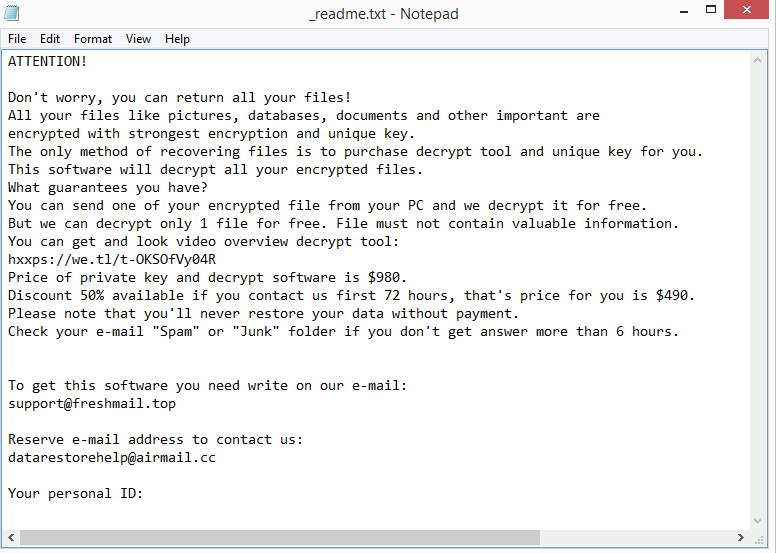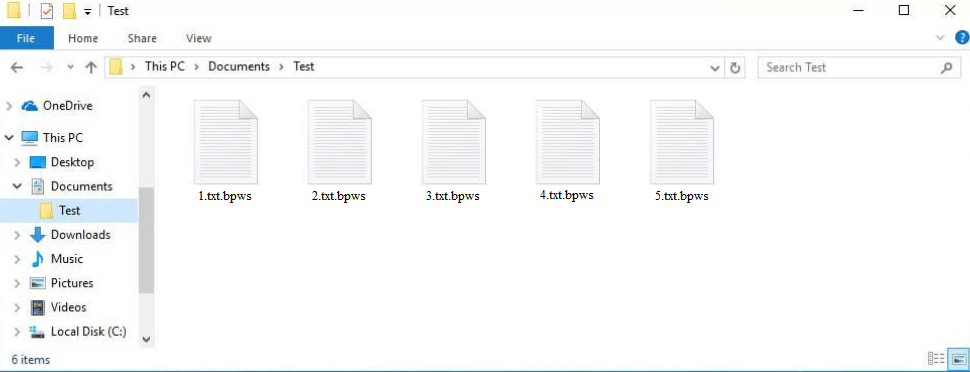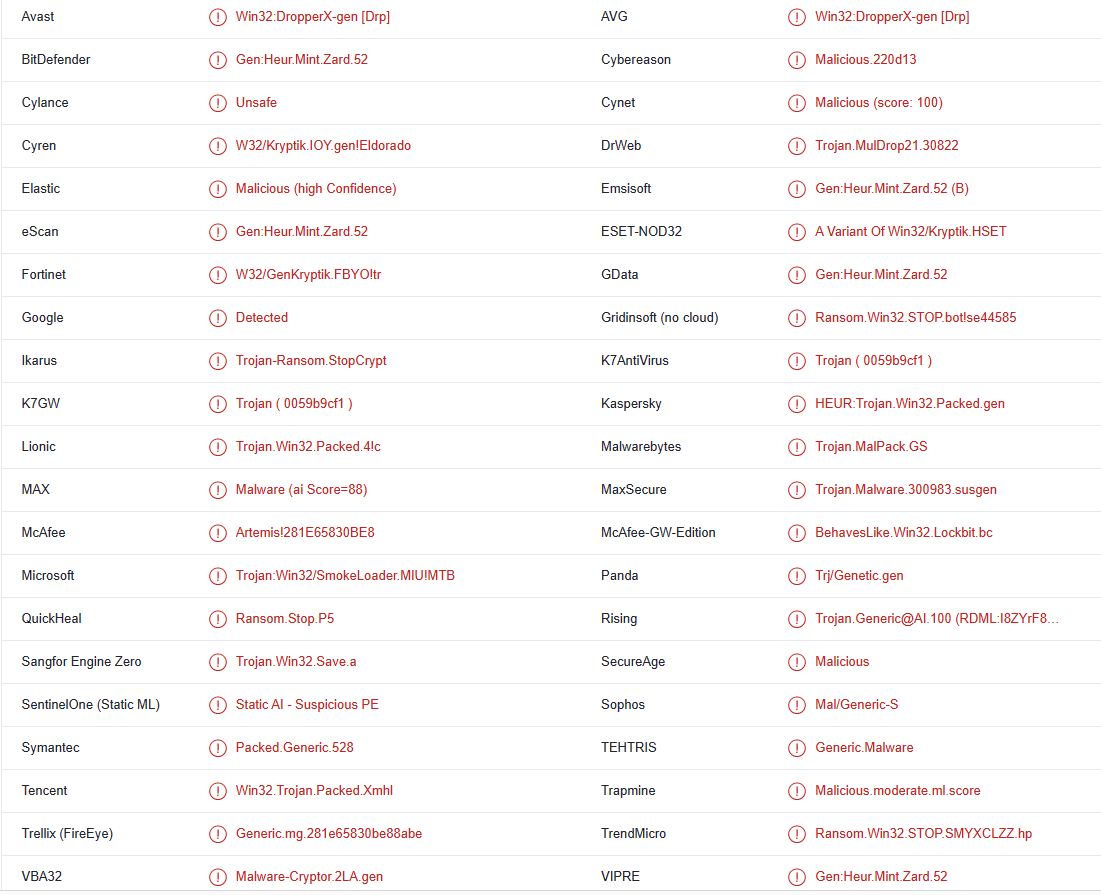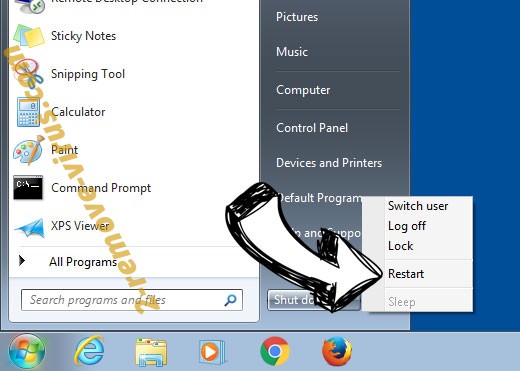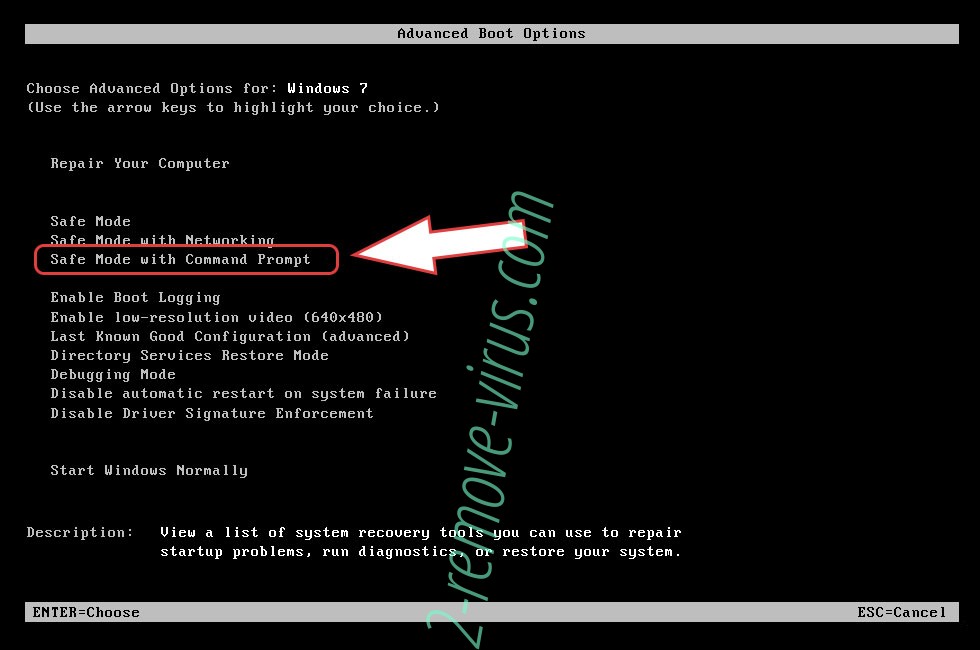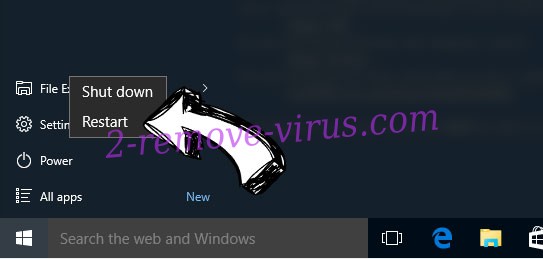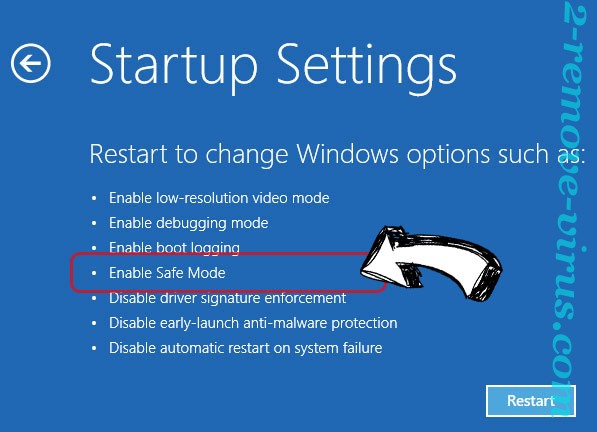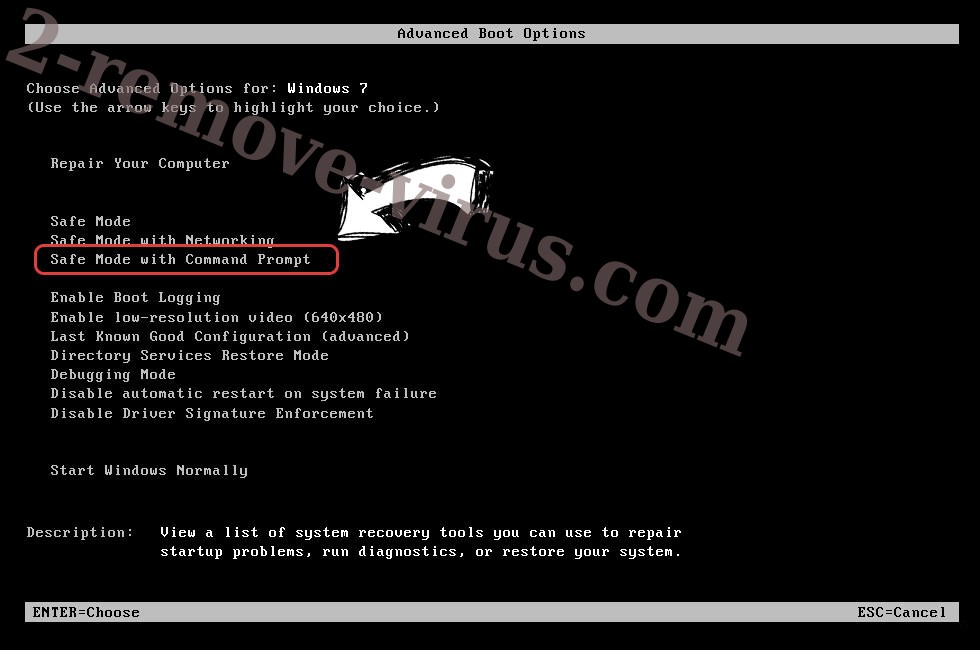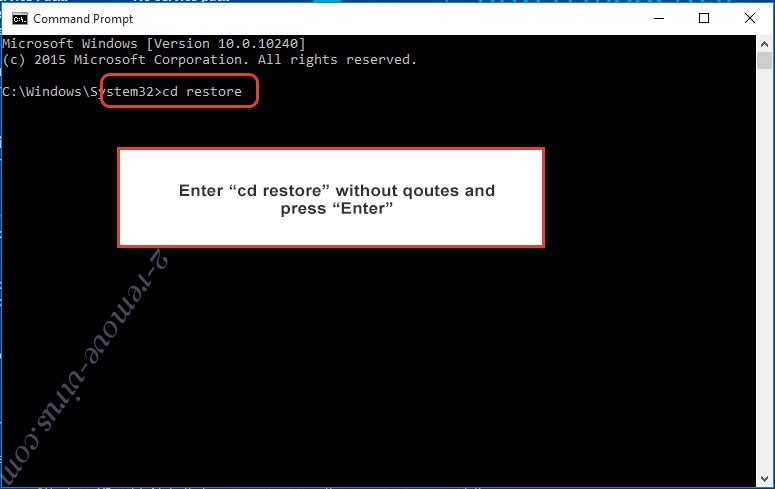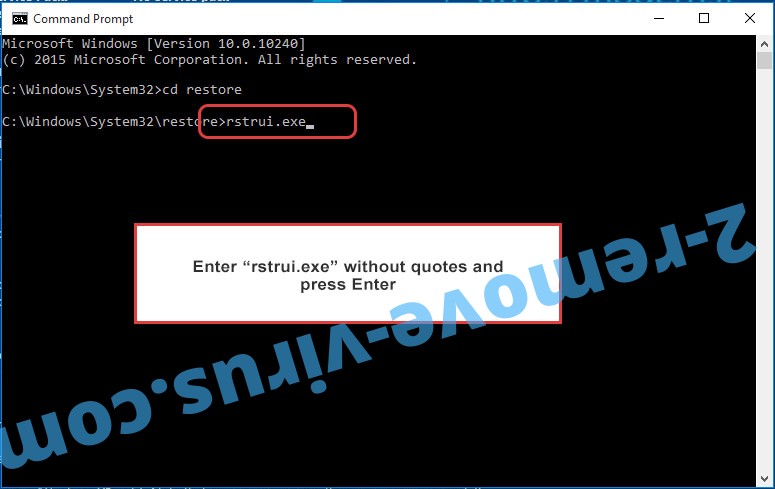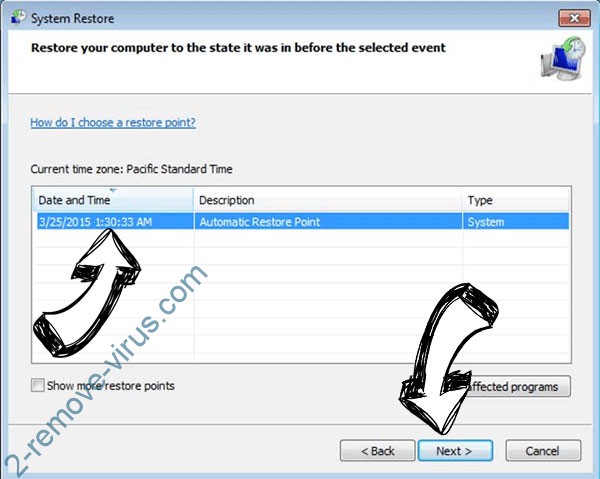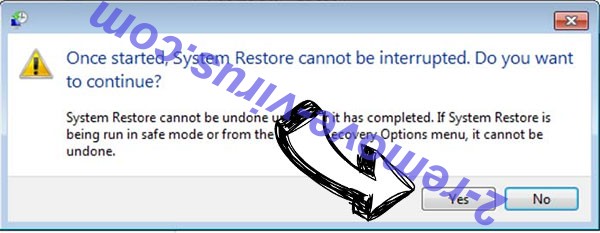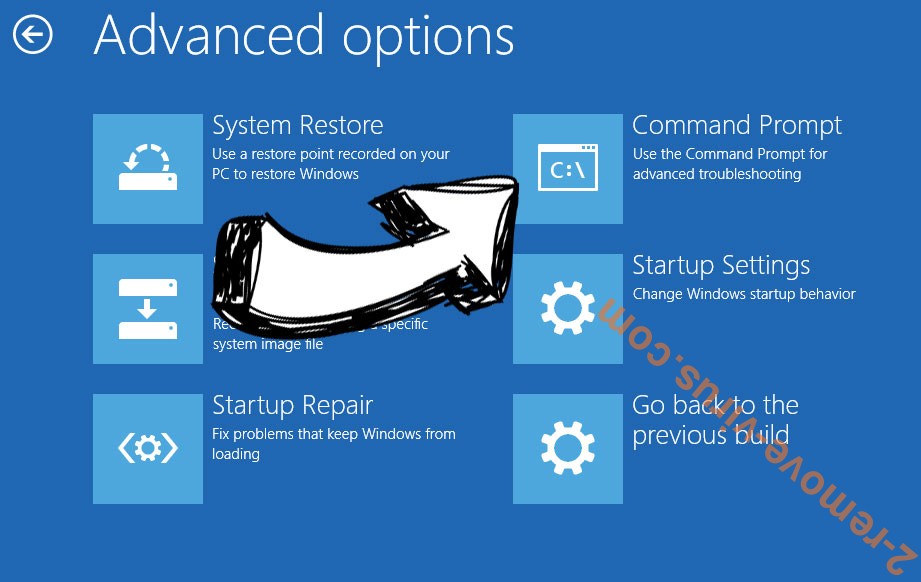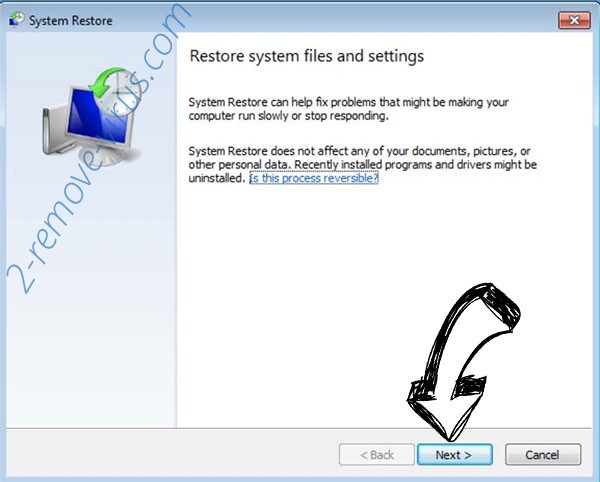Bpws ransomware is a type of malware that encrypts files. It comes from the notorious Djvu/STOP ransomware family and is one of the newest releases. The cybercriminals operating this malware family release new versions regularly, at least a couple of new ransomware every week. The versions can be differentiated by the extensions they add to encrypted files. This version adds .bpws, hence why it’s dubbed Bpws ransomware. Unfortunately, once files have been encrypted, you will not be able to open them unless you first use a decryptor on them. However, acquiring the decryptor is not easy because only cybercriminals have it. They will try to sell it to you for $980 but even paying the ransom does not guarantee a decryptor.
Like all ransomware, Bpws ransomware will mainly target your personal files. Unfortunately, that includes photos, images, videos, documents, etc. You will know which files have been encrypted by the .bpws extension. For example, image.jpg would become image.jpg.bpws if encrypted. The ransomware will drop _readme.txt ransom notes in each folder containing encrypted files once it has finished encrypting all of the targeted files. During the process, it will also display a fake Windows update window to distract you from what’s happening. The notes explain how victims can purchase decryptors. Unfortunately, that decryptor is currently the only way users without backup can recover files.
The decryptor is being sold by the malicious actors behind this ransomware for $980. However, the note does mention a 50% discount for users who get in touch with them within the first 72 hours. The decryptor is rather pricey even with the discount. Especially because even after paying, there are no guarantees that you will receive the decryptor. You must keep in mind that you are interacting with cybercriminals. Since they were the ones who initially encrypted your files, it is unlikely that they will feel any type of obligation to assist you. Unfortunately, despite paying the ransoms, many users have not gotten their decryptors. You decide whether to pay or not, but you should take all the risks into account before making a decision.
As soon as you remove Bpws ransomware from your computer, you can begin file recovery if you have backup copies of your files saved. Because ransomware is a highly complex malware infection that should be handled by a professional program, we strongly advise using anti-malware software for this. You run the risk of further damaging your computer if you attempt to remove it manually. You can safely access your backup once the ransomware has been eliminated by your anti-virus program.
A free Bpws ransomware decryptor may be your only option if you don’t have a backup. It isn’t currently available, however, and malware researchers will have a difficult time making one. The encryption keys used by this ransomware are specific to each victim since it encrypts data using online keys. Victims need to have those keys in order for a decryptor to function on their files. Nonetheless, you should back up and securely store your encrypted files in case a decryptor does get released. It’s also important to note that numerous fake decryptors are advertised on dubious forums. These fake decryptors might lead to even more malware infections. Free decryptors can be obtained safely from NoMoreRansom.
How do users pick up ransomware infections?
It goes without saying that users who engage in risky online activities have a higher chance of downloading malware onto their computers. You should be able to prevent a lot of malware in the future if you make the effort to develop healthier internet habits and learn how malware is distributed.
In case you didn’t know, torrents are frequently where you can get infections like ransomware. Since many torrent websites often lack moderation, cybercriminals can simply post dangerous torrents posing as torrents for well-known movies, TV shows, video games, software, etc. The likelihood of a torrent containing malware increases the more popular the content is. Using torrents to download copyrighted content is also essentially theft, in addition to being dangerous.
However, most malware infections occur when users open malicious email attachments attached to unsolicited emails. This is a fairly popular way to spread malware because it requires little effort. The easiest way for malicious actors to send emails is to purchase email addresses from hacker forums, attach a malicious file, then send the email. The purpose of the emails is to persuade recipients to open the attachments. For instance, the sender can claim to be from a reputable organization, supposedly sending an important document that needs to be checked as soon as possible.
But fortunately, most of these emails are rather obvious. Malicious emails frequently have glaring grammar and spelling mistakes. These mistakes make it clear that an email might be malicious. A malicious email will also use generic words to address recipients rather than use their names. Unlike in malicious emails that address you using “User”, “Member”, “Customer”, etc., you would be addressed by name by legitimate senders whose services you use. However, it’s important to note that certain dangerous spam campaigns can be more complex, which is why it’s a good idea to scan all email attachments with anti-virus software or VirusTotal before opening them.
How to delete Bpws ransomware
It’s not a good idea to try to manually remove Bpws ransomware because you risk further harming your computer as ransomware is a very sophisticated malware infection. Additionally, you may not fully delete Bpws ransomware, which could later allow it to recover. The backed-up files would also become encrypted if that occurred while you were connected to your backup. We recommend using a good anti-malware program to prevent any additional damage. You can safely access your backup and begin restoring your files once the ransomware has been completely removed.
Bpws ransomware is detected as:
- Win32:DropperX-gen [Drp] by AVG/Avast
- Gen:Heur.Mint.Zard.52 by BitDefender
- Artemis!281E65830BE8 by McAfee
- Trojan:Win32/SmokeLoader.MIU!MTB by Microsoft
- Gen:Heur.Mint.Zard.52 (B) by Emsisoft
- A Variant Of Win32/Kryptik.HSET by ESET
- HEUR:Trojan.Win32.Packed.gen by Kaspersky
- Trojan.MalPack.GS by Malwarebytes
- Ransom.Win32.STOP.SMYXCLZZ.hp by TrendMicro
Quick Menu
Step 1. Delete Bpws ransomware using Safe Mode with Networking.
Remove Bpws ransomware from Windows 7/Windows Vista/Windows XP
- Click on Start and select Shutdown.
- Choose Restart and click OK.

- Start tapping F8 when your PC starts loading.
- Under Advanced Boot Options, choose Safe Mode with Networking.

- Open your browser and download the anti-malware utility.
- Use the utility to remove Bpws ransomware
Remove Bpws ransomware from Windows 8/Windows 10
- On the Windows login screen, press the Power button.
- Tap and hold Shift and select Restart.

- Go to Troubleshoot → Advanced options → Start Settings.
- Choose Enable Safe Mode or Safe Mode with Networking under Startup Settings.

- Click Restart.
- Open your web browser and download the malware remover.
- Use the software to delete Bpws ransomware
Step 2. Restore Your Files using System Restore
Delete Bpws ransomware from Windows 7/Windows Vista/Windows XP
- Click Start and choose Shutdown.
- Select Restart and OK

- When your PC starts loading, press F8 repeatedly to open Advanced Boot Options
- Choose Command Prompt from the list.

- Type in cd restore and tap Enter.

- Type in rstrui.exe and press Enter.

- Click Next in the new window and select the restore point prior to the infection.

- Click Next again and click Yes to begin the system restore.

Delete Bpws ransomware from Windows 8/Windows 10
- Click the Power button on the Windows login screen.
- Press and hold Shift and click Restart.

- Choose Troubleshoot and go to Advanced options.
- Select Command Prompt and click Restart.

- In Command Prompt, input cd restore and tap Enter.

- Type in rstrui.exe and tap Enter again.

- Click Next in the new System Restore window.

- Choose the restore point prior to the infection.

- Click Next and then click Yes to restore your system.

Offers
Download Removal Toolto scan for Bpws ransomwareUse our recommended removal tool to scan for Bpws ransomware. Trial version of provides detection of computer threats like Bpws ransomware and assists in its removal for FREE. You can delete detected registry entries, files and processes yourself or purchase a full version.
More information about SpyWarrior and Uninstall Instructions. Please review SpyWarrior EULA and Privacy Policy. SpyWarrior scanner is free. If it detects a malware, purchase its full version to remove it.

WiperSoft Review Details WiperSoft (www.wipersoft.com) is a security tool that provides real-time security from potential threats. Nowadays, many users tend to download free software from the Intern ...
Download|more


Is MacKeeper a virus? MacKeeper is not a virus, nor is it a scam. While there are various opinions about the program on the Internet, a lot of the people who so notoriously hate the program have neve ...
Download|more


While the creators of MalwareBytes anti-malware have not been in this business for long time, they make up for it with their enthusiastic approach. Statistic from such websites like CNET shows that th ...
Download|more
Site Disclaimer
2-remove-virus.com is not sponsored, owned, affiliated, or linked to malware developers or distributors that are referenced in this article. The article does not promote or endorse any type of malware. We aim at providing useful information that will help computer users to detect and eliminate the unwanted malicious programs from their computers. This can be done manually by following the instructions presented in the article or automatically by implementing the suggested anti-malware tools.
The article is only meant to be used for educational purposes. If you follow the instructions given in the article, you agree to be contracted by the disclaimer. We do not guarantee that the artcile will present you with a solution that removes the malign threats completely. Malware changes constantly, which is why, in some cases, it may be difficult to clean the computer fully by using only the manual removal instructions.
